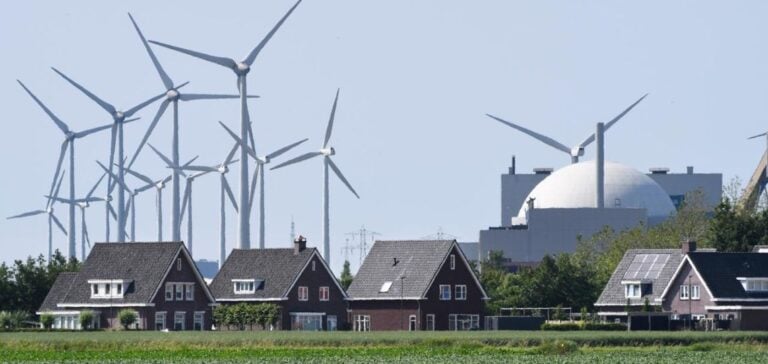The Netherlands, recognized for their leadership in renewable energy deployment, are committed to quadrupling their electricity production by 2050. In this effort, they aim for a capacity of 70 GW of offshore wind energy, strengthening their position as a major player in the global energy transition. These projects, supported by the recommendations of the International Energy Agency (IEA), require strategic coordination and robust political backing.
Currently, fossil fuels still play a central role in the Dutch energy system, representing nearly 50% of electricity production. To reduce this dependency, the Netherlands must transition to low-emission technologies such as wind, nuclear, and clean hydrogen, while also enhancing their electric infrastructure.
Investments needed to modernize power grids
The IEA report highlights the urgency of modernizing and expanding power grids to support the rapid development of renewable energy projects. Initiatives such as the National Grid Congestion Action Program aim to remove obstacles slowing the commissioning of new projects. This modernization is crucial to prevent delays and enable the integration of increasing capacities from renewable energy sources.
At the same time, the growing reliance on intermittent energy sources demands a significant increase in energy storage capacities and flexibility solutions to ensure a stable and reliable supply.
Hydrogen and nuclear as pillars of the energy strategy
Clean hydrogen is identified as a strategic lever for the Netherlands, not only to decarbonize their heavy industry but also to support their position in the European energy market. However, as noted by the IEA, greater clarity on policies to stimulate demand and investments in electrolyzers is essential.
In addition, the Dutch government plans to build four new nuclear reactors. This decision signals a return to a technology capable of providing baseload electricity, indispensable for balancing the variable input from renewable sources.
An integrated approach to overcoming challenges
The Dutch energy transition can only succeed through a systemic approach, involving close collaboration between public and private stakeholders. The IEA report emphasizes the need for a clear and equitable strategy to ensure a fair distribution of costs and benefits among all market players.
By adopting ambitious policies and addressing challenges related to infrastructure, financing, and technology, the Netherlands set an example for global energy transitions.






















